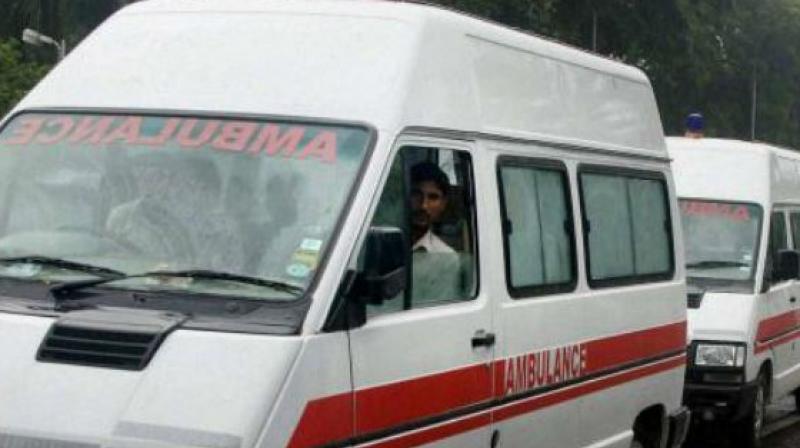So, let's talk green: Flying artillery to electric ambulances

Necessity is the mother of invention and it is interesting to see it come to life in the story of the ubiquitous ambulance. The first record of ambulances being used for emergency purposes was in 1487 by Isabella I of Castile. The Spanish army of the time treated their soldiers well and attracted volunteers easily. Among their benefits were the first military hospitals or 'ambulancias'. A major change in usage of ambulances in battle came about with the ambulance volantes designed by Dominique Jean Larrey (1766-1842), Napoleon Bonaparte's chief physician, and is often considered the first modern military surgeon.
A son of a shoemaker, Larrey was present at the battle of Spires, between the French and Prussians, and was distressed that wounded soldiers were not picked up by the numerous ambulances, which Napoleon required to be stationed two and half miles back from the scene of battle, until after hostilities had ceased. Seeing the speed with which the carriages of the French flying artillery maneuvered across the battlefields, Larrey adapted them as Flying Ambulances for rapid transport of the wounded and manned them with trained crews of drivers, corpsmen and litterbearers.
Rural Bangladesh has been battling a different problems, not very similar to what Larrey had on the battle fields. The streets of the country are so narrow, it is difficult for a regular modern day ambulance to drive through. In many rural areas, emergency patients are often taken to hospital in hand-pulled rickshaw which can fit into the narrow streets.
The problem of the narrow roads needed a solution, which gave birth to a small sized, three wheeled solar-powered ambulance that can fit in the narrow streets in rural Bangladesh. The well-equipped ambulances, runs entirely on solar power, and can be used in rural areas with no grid electricity. It can accommodate three people, has a maximum speed of 15-20 km per hour, and a range of up to 50 km, sufficient to get to a hospital. By day it is powered by four 100-watt solar panels on the roof, and by night it runs on four 12-volt batteries, which are charged by the solar panels.
BRAC University's Control and Applications Research Centre is running the project in association with vehicle manufacturer Beevatech. A.K.M. Abdul Malek Azad, the project's team leader and a professor at BRAC University in Dhaka, said that most rural community health clinics cannot afford conventional ambulance services, but that the new ambulance would be cheap to buy and to run. "I thought a low-cost ambulance service would be a good idea for these rural clinics. And by using solar power we can reduce operational costs and save the environment," he said. The inspiration for it came from solar racing cars in Australia. "I thought if researchers can develop a solar racing car, there is potential to develop a solar ambulance," he said.
The ambulance is expected to cost US$1,900 to US$2,500, compared to US$30,000 for a conventional ambulance. Financing comes from the World Bank through Bangladesh's Infrastructure Development Company Limited, with seed funding from the U.S. Institute of Electrical and Electronics Engineers.
"The last layer of the development includes installation of a battery charging station that is completely fuelled by a solar canopy," Azad said. "This step is taken to ensure complete independence of these electrically assisted rickshaws from the national grid." Five prototypes have been tested and the new ambulances are expected to hit the roads at the end of 2017.
The journey from Larrey's flying ambulances to Azad's solar ambulances was a long one, but one that fulfils a human need and the need of the planet. Solar vehicles are the need of the hour for a planet crying to be relived of the polluting greenhouse gases, that cause climate change and associated extreme climate events. The injured people and the injured planet covey their thanks to Larrey & Assad.

